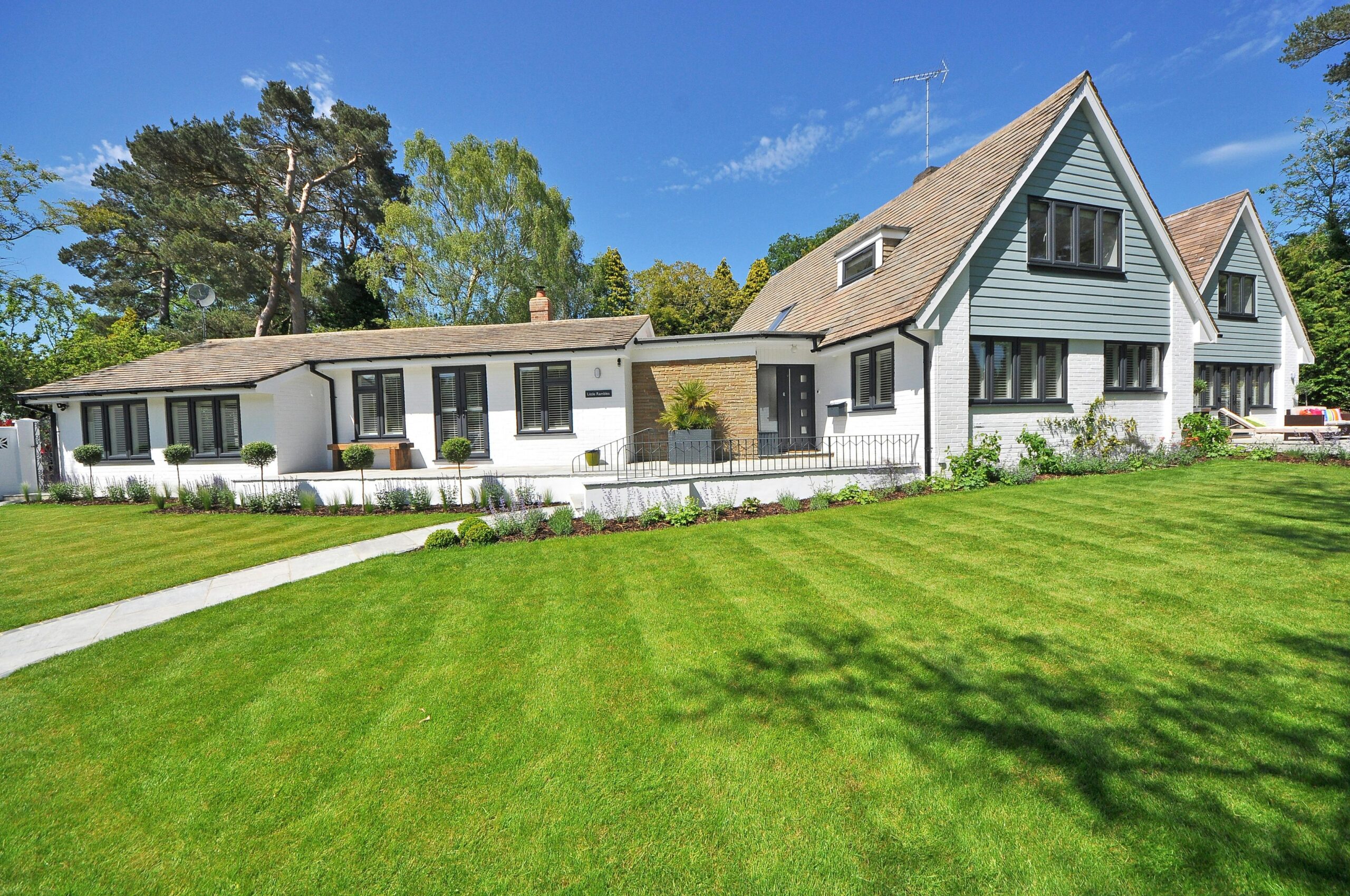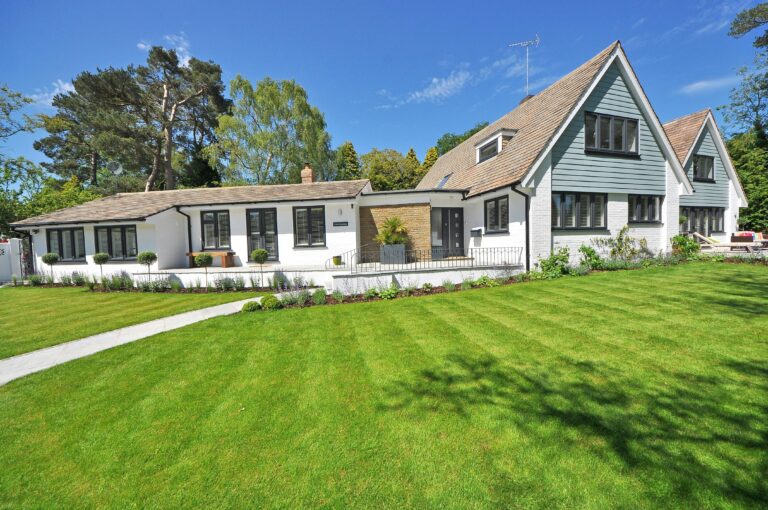
As climate change, rising utility costs, and energy independence concerns dominate headlines in 2025, one concept is rapidly gaining attention in the real estate world: net-zero homes. These are homes designed to produce as much energy as they consume—usually through a combination of high-efficiency construction techniques and renewable energy sources like solar power.
But with all the buzz around net-zero living, a fair question arises: Are net-zero homes worth the investment? The answer depends on various factors, including location, upfront costs, available incentives, and your long-term financial and environmental goals. Here’s a deep dive into the future of net-zero homes and why they may (or may not) be the smartest investment for homebuyers to make in 2025 and beyond.
What Is a Net-Zero Home?
A net-zero energy home, or NZEH, is designed and built to produce as much renewable energy as it consumes over the course of a year. This is achieved by using:
- Superior insulation and air sealing
- High-efficiency windows and appliances
- Smart home systems to reduce energy waste
- On-site renewable energy, typically solar panels
- Efficient heating and cooling systems, such as heat pumps
These homes not only reduce the carbon footprint of a household to nearly zero, but they can also eliminate monthly energy bills entirely—a compelling benefit in an era of unpredictable energy prices.
Why the Push Toward Net-Zero in 2025?
Several trends in 2025 are accelerating the shift toward net-zero living:
1. Government Incentives and Regulations
Federal, state, and local governments are now offering significant tax credits, rebates, and grants to homeowners and builders who pursue net-zero energy standards. Programs such as the expanded Inflation Reduction Act in the U.S. provide funding for solar panels, energy-efficient appliances, and insulation upgrades. Additionally, some municipalities are starting to mandate net-zero building codes for new construction.
2. Rising Energy Costs
Utility rates have continued to increase across the country, making long-term energy independence a bigger draw than ever. Homeowners are looking for ways to protect themselves from price volatility, and net-zero homes provide that security.
3. Increased Consumer Awareness
Today’s buyers are more eco-conscious than ever. Millennials and Gen Z, who now make up a growing share of homebuyers, prioritize sustainability. As a result, demand for eco-friendly and energy-efficient homes has surged, pushing the market in that direction.
Initial Investment: A Barrier or a Long-Term Bargain?
One of the biggest hesitations for potential buyers is the upfront cost of building or purchasing a net-zero home. These homes often require:
- Advanced insulation materials
- High-efficiency HVAC systems
- Solar panel systems and batteries
- Smart energy monitoring technology
This can add anywhere from $20,000 to $80,000 to the price of a new home, depending on location and build quality. However, the payback period is shrinking.
In 2025, due to falling solar panel costs, government subsidies, and more efficient construction practices, that return on investment (ROI) is becoming much more attractive. Many homeowners break even on energy savings in under 10 years, and net-zero homes typically have higher resale value.
Monthly Savings Add Up
While traditional homes come with monthly electric and gas bills, net-zero homes often have little to no utility costs. If your average energy bill is $200 per month, you’re saving $2,400 per year—before considering rising rates. Over 20 years, that’s nearly $50,000 in savings.
Additionally, some net-zero homeowners can actually earn energy credits or receive payments through net metering by sending excess energy back to the grid.
Do Net-Zero Homes Hold Their Value?
Absolutely. In 2025, net-zero homes are increasingly seen as premium properties. Buyers are attracted not only to the sustainability aspect but also to the cost certainty that comes with energy independence.
Realtors report that net-zero homes can sell for 4–10% more than traditional homes of the same size and location. With green living now a mainstream concern, appraisers are also beginning to factor in long-term energy savings when valuing homes—an important step in making these properties even more competitive on the market.
Are There Any Drawbacks?
While the benefits are substantial, net-zero homes are not without challenges:
1. Location-Specific Performance
Solar power is a critical component of most net-zero systems, which means sunlight availability matters. Homes in cloudy or heavily shaded areas may struggle to generate enough power year-round without additional backup sources.
2. Upfront Costs
Even with incentives, the initial financial hurdle can be high—especially for first-time buyers. Financing options are improving in 2025, but the additional costs might still be a barrier for some households.
3. Technology Maintenance
Smart systems, solar arrays, and high-efficiency HVACs require routine maintenance and occasional repairs. While generally reliable, homeowners must be comfortable managing slightly more complex systems than those found in traditional homes.
Where Are Net-Zero Homes Most Popular?
In 2025, certain U.S. cities and states are leading the charge in net-zero development:
- California: Thanks to progressive building codes and abundant sunshine, many new homes are required to be solar-ready.
- Colorado: With incentives and an eco-conscious population, net-zero developments are booming.
- Oregon and Washington: Green building standards and local utility partnerships are pushing rapid growth.
- Texas: Solar-friendly policies and low construction costs are helping net-zero catch on—especially in Austin.
Some builders are now offering entire net-zero neighborhoods, combining smart urban planning with efficient design to create communities built for long-term sustainability.

Is It Worth It in 2025? Final Verdict
If you’re planning to buy, build, or invest in a home in 2025, going net-zero is increasingly worth it—not only from a financial standpoint but also from a lifestyle and environmental one.
While the upfront costs are still higher than traditional homes, the long-term savings, energy security, and increased property value more than make up for the initial investment for many homeowners. And with government incentives and climate-friendly financing options more accessible than ever, the barrier to entry continues to shrink.
For those who want to align their home with their values, cut utility bills, and live on the cutting edge of housing technology, net-zero homes represent the future—and in many ways, the present.
Interested in going net-zero? Whether you’re buying new, renovating, or exploring energy upgrades, now is the time to explore your options and invest in a home that pays you back—in more ways than one.





